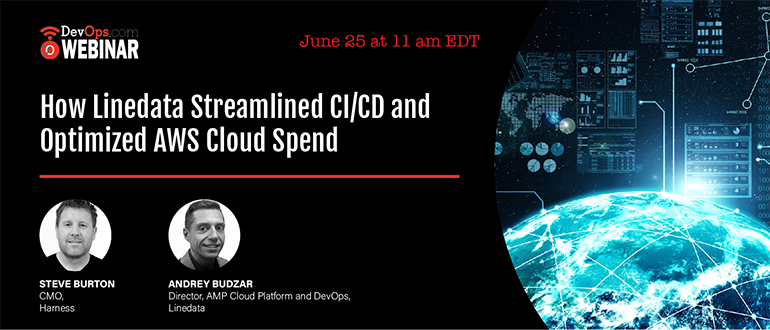Webinar
Think About Your Audience Before Choosing a Webinar Title

Sponsored by harness
What You’ll Learn in This Webinar
Over the past few years, Linedata has been transforming itself into a cloud-native next-generation asset management platform with annual revenues of over 170 million euros, operating a global DevOps practice across 20 offices worldwide. These innovations give Linedata’s customers more flexibility, transparency, cost efficiency, and faster access to enhancements. Andrey Budzar, Head of DevOps at Linedata is leading this transformation to migrate from traditional monolith on-premises applications to microservice and serverless architectures running in Amazon Web Services and Microsoft Azure.
As part of this migration, Andrey was forced to re-think his globally distributed team's CI/CD and infrastructure provisioning strategy for cloud-native products, moving away from traditional static infrastructure deployment tools and scripting to more cloud-native solutions like Harness Continuous Delivery as a Service and HashiCorp Terraform. In this webinar, you'll learn from Andrey's first-hand experiences around:
- Migrating to microservice and Serverless architectures running in the public cloud while integrating with existing software
- Implementing fully automated and dynamic CI/CD pipelines using Harness and HashiCorp Terraform
- Empowering Engineering and Business teams with self-service deployments
- Streaming cloud spend with dynamic environment and infrastructure provisioning
- Reducing and eliminating cloud waste via automation facilitated by Harness and HashiCorp Terraform







